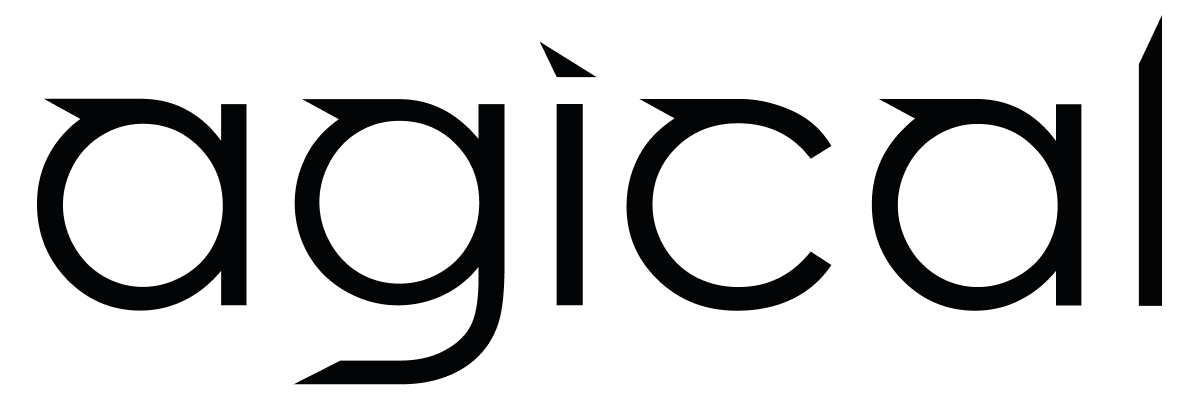Viewer material for the live streaming and recording of a different aspects of prime sieving using Clojure. Including performance tuning.
Over the two live streaming sessions we managed to iterate on our base implementation (0) four times and improve performance from 2-3 sieving passes of the first million numbers in five seconds, to nearly 10K passes. Try the ./run.sh script in the live-stream-2 branch and it will give you something like:
0: Passes: 3, Time: 6.551765000, Avg: 2.1839216, Limit: 1000000, Count: 78498, Valid: True
1: Passes: 58, Time: 5.084850000, Avg: 0.08766983, Limit: 1000000, Count: 78498, Valid: True
2: Passes: 211, Time: 5.001530000, Avg: 0.023703933, Limit: 1000000, Count: 78498, Valid: True
3: Passes: 5969, Time: 5.001468000, Avg: 8.379072E-4, Limit: 1000000, Count: 78498, Valid: True
4: Passes: 9057, Time: 5.001214000, Avg: 5.521932E-4, Limit: 1000000, Count: 421502, Valid: False

Live Streams (now videos):
- Feb 2, 2022: https://www.youtube.com/watch?v=tRPKSXullYs
- Feb 9, 2022: https://www.youtube.com/watch?v=T_wuPrHIupU
Videos:
- Jan 25, 2022: On the Code Again - The Sieve of Erathostenes
Some more resources:
- On The Code Again on YouTube
- CalvaTV (also YouTube) - Eratosthenes playlist
- Eratosthenes Algorithm
- David Plummer's Programming Languages Drag Racing Video
- Drag Racing Leaderboard
- PEZ's Clojure drag-racing solutions
- Clojure Goes Fast
- Calva Home: https://calva.io
You will find a project prepared for starting to experimenting with the Sieve of Eratosthenes (or any alorithm, if you like). It's mainly built for being used from the REPL, but there are some facilities for running it as a script as well, included running in Docker.
The project comes equipped with some really good libraries for optimizing Clojure code:
- Criterium for measuring performance. Awesome blog article here
- clj-async-profiler for profiling where time is spent in your code. Introduced here.
- clj-java-decompiler for inspecting the bytecode generated by the Clojure Compiler and also for decompiling it to Java. Quick Demo with Calva
There are also some Calva custom commands preconfigured, for using the decompiler smoothly.
Check these branches for versions of the sieving code that might have been featured in some live stream or video.
live-stream-1: Live stream Feb 2, 2022live-stream-2: Live stream Feb 2, 2022
Generally when developing you should start the REPL with the aliases: :benchmark, :decompiler, and :profiler. Then just hack away. Watching some of the videos linked above might be a good start.
The only Clojure file so far is: src/on_the_code_again/eratosthenes.clj
There are two ways to check performance of a sieve function prepared.
- A Rich Comment block where you can require and run Criterium benchmarks.
- A
runfunction that runs the drag-race for a given sieve function. At the bottom of the file there another Rich comment block where you can pull the starting-gun trigger.
To easily run a particular sieve function drag-race, you'll need to add a small config to the confs. Particularly you might need to add a :count function, depending on the nature of the sieve returned from the sieving function.
To run the drag-race from the command line simply:
$ ./run.sh [<runs>]Runs defaults to 1. Check the script and you'll see how to add more seiving functions to be run.
Sample output:
run: 0
Passes: 3, Time: 7.087124000, Avg: 2.3623748, Limit: 1000000, Count: 78498, Valid: True
set;3;7.087124000;1;algorithm=base,faithful=yes,bits=?
Passes: 58, Time: 5.003915000, Avg: 0.08627439, Limit: 1000000, Count: 78498, Valid: True
vector;58;5.003915000;1;algorithm=base,faithful=yes,bits=1
Follow the drag-racing links above to find out what some of that means.
To run it via docker, first build it, then run it (duh). Here's a one-liner for your convenience:
docker build -t otca-sieve-clojure . && docker run --rm -it otca-sieve-clojureThe docker script will run run.sh without arguments, meaning it will run the drag-race once.
If you run it on your machine(s) with run.sh and in Docker, you might notice that performance can vary quite a lot between environments. You might also notice that sometimes it gets totally weird, some 50% of the runs are performing way outside any expected deviations. If you find this mysterious, welcome to the club.
The reason I can spend focused time on Wednesdays with Calva and stuff like this is because my employer, Agical, pays me a full salary, while letting me spend 20% of my time on my open source things.

The reason my family allows me to spend so much of my free time on open source is because sponsors donate to me via GitHub Sponsors. This brings in some extra money to the household which more than cover the costs the projects incure. The surplus I mostly spend on presents to my family and to make fun things together with them.
See the Calva Sponsors page for how to sponsor Calva and other open source actovities of me and Brandon Ringe.
MIT.
(But really, all I wish is that you paricipate in the movement where we stay kind to the all the nice people we interact with - Be nice!.)
I can recommend this activity. It's fun and I have learnt a lot about Clojure with it. I also feel the need to warn about the rabbit hole that it is. Wondering if I will ever return. 😄
Please don't hesitate to send PRs against this repo, correcting typos, improving code or scripts or whatever.